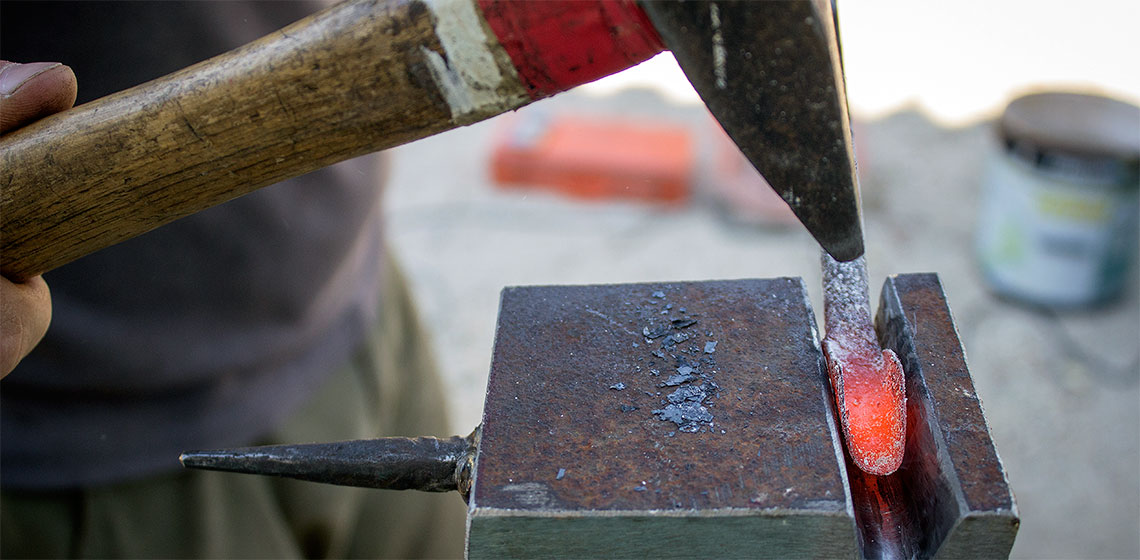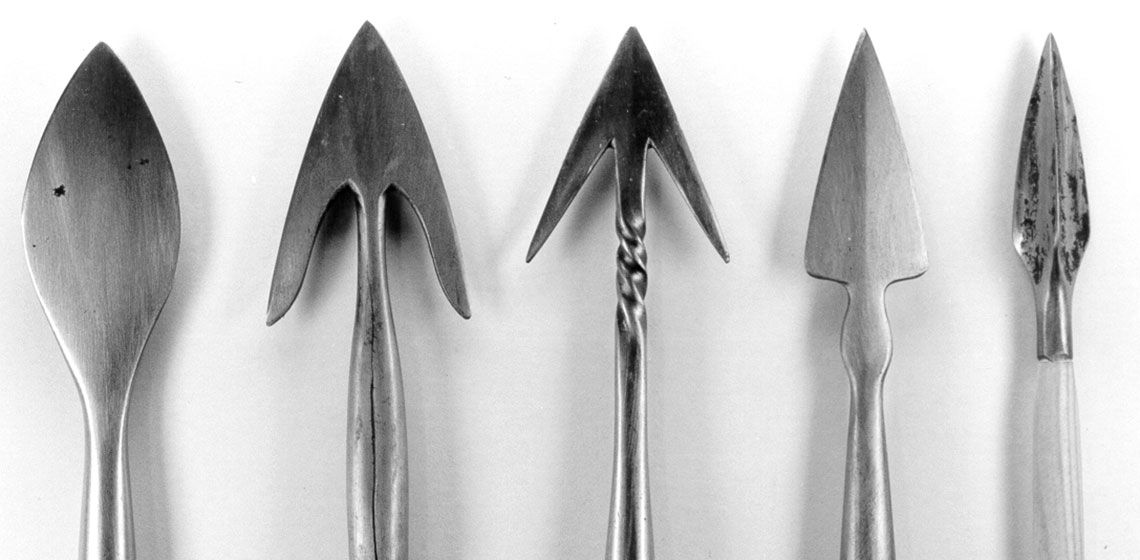Early Middle Ages
Shooting Experiments with Early Medieval Arrowheads
Heijo Palace (JP)
During most of the Nara Period (710-794), Nara served as the capital of Japan and was known as Heijo-kyo. The Heijō Palace (平城宮 Heijō-kyū) served as the site of the emperor's residence and government offices. The city, and the palace grounds, was based largely on Chang'an (present-day Xi'an), the capital of China during the Tang dynasty, which was contemporary to the time when Nara was capital. For its great historical and cultural importance, the palace site is included as one of the UNESCO World Heritage Sites of Nara.
When the capital was moved to Heian-kyō (now called Kyoto), Nara's Imperial Palace was simply abandoned. The site was built over for agriculture that almost no trace of it remained, however the location was still known. Excavations started in the 1970s and large-scale reconstruction based on contemporary literary sources and excavations starting in the 2000s.
Carrig 850 International Conference
This international conference is being organised to coincide with the publication of the first book detailing the Carrick site – ‘Carrick, County Wexford: Ireland’s First Anglo-Norman Stronghold’.
Festival of Archaeology at Jarrow Hall
So much to see and do at Jarrow Hall this weekend in partnership with our friends from EXARN - Experimental Archaeology Newcastle.
ARCHAEOLOGICAL SCIENCE DEMONSTRATIONS
Saturday & Sunday
Craft week
A warm welcome to the crafts week! During this week, Vitlycke Museum's Bronze Age farm becomes a handicraft farm, an open space for all our visitors to roam around in and learn, ask questions or just feel the atmosphere. It will be cast, woven, sewn and burned.
Spinning weekend
Attention to wool and spinning lovers! We are organizing a spinners' weekend on 3 and 4 August. You are welcome these two days to discover everything about the history of spinning wool and flax, but especially to participate. Take your own spinning reel or wheel and join our spinning group to spin the best threads in a beautiful historic environment. We provide wool!
Boso-no-Mura (JP)
Boso-no-Mura (房総のむら, Bōsō no mura, "Boso Village") is a place that tells of the history and culture of Japan, and of its disappearing heritage. Set in a splendid natural environment, you can enjoy a hands-on experience learning about the changes that have occurred in clothes, food, housing and crafts over the ages from prehistoric times, as well as the traditional lifestyles of the people of the Boso region. Walking around the splendid natural environment of the museum, you can have hands-on experience learning about the changes that have occurred in the clothes, food, housing and crafts of our ancestors from prehistoric and ancient times up to the present.
The Boso-no-Mura complex features the “Fudoki-no-Oka Area” where you can learn about history and nature, and the “Furusato-no-Waza Arts and Crafts Area” which features reproductions of the houses of farmers and merchants.
Conference: In the Middle - Recreating the Middle Ages in Popular Culture
Highlighting the continuous dialogue between the Middle Ages and the post-medieval world, In the Middle is an international interdisciplinary conference that seeks to explore the ways, methods and motivations in which the medieval period has been imagined, evoked, re-lived, and refashioned in contemporary popular culture.
Festivalul Antic Getodova III
The third edition of the GETODAVA Festival, an event of historical reconstruction, with cultural and educational purpose, for all ages. The entry is free!
More than two millenia ago, on these lands, lived the warrior tribes of the Getae/Dacians, which Herodotus described as being ''...the bravest and fairest of all the Thracian tribes''.









